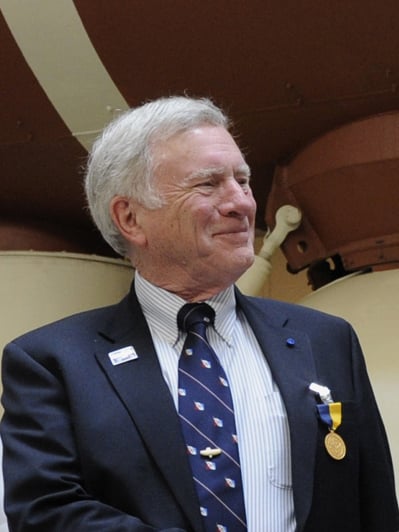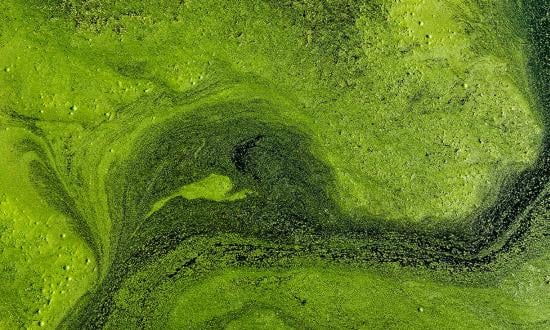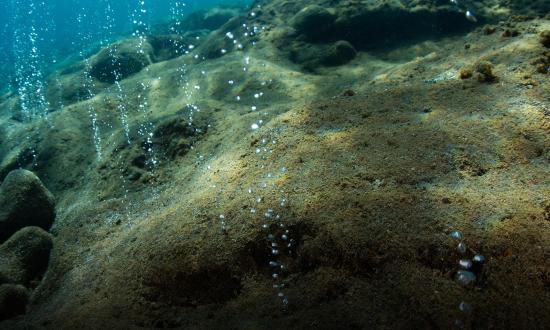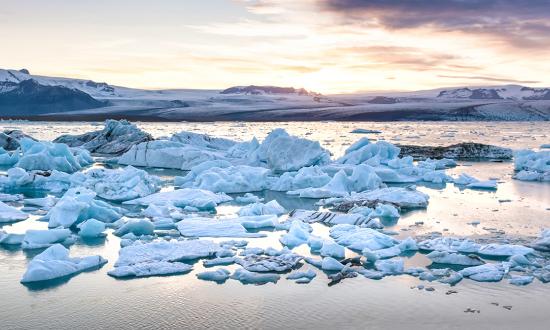While public funding provides the primary support for ocean sciences in the United States, in recent years there have been an increasing number of private benefactors. One of the most interesting examples is the Caladan Oceanic organization founded by explorer and retired U.S. Navy intelligence officer Commander Victor Vescovo.
A Dallas-based private equity investor, he has spent an estimated $60 million of his personal wealth to build and operate a manned submersible system with three major components: the mother ship Pressure Drop, the former Navy sub-hunting vessel Indomitable; the Limiting Factor, a new-construction, two-person full-ocean-depth submersible; and three unmanned “landers,” which operate as independent, stationary, exploratory platforms
The global at-sea capabilities of the system range from the Limiting Factor’s ability to dive to the oceans’ deepest places to using the Pressure Drop as a conventional oceanographic research ship. In addition, the Pressure Drop has one of the world’s most advanced seafloor-mapping systems, capable of producing real-time hydrographic-quality data and 3D imagery from any ocean depth.
In December 2018, Caladan’s Five Deeps Expedition began with a dive to the bottom of the Puerto Rico Trench, the deepest place in the Atlantic Ocean. The ambitious, ten-month program would see the Limiting Factor dive to the deepest place in each of the five oceans—an exploration first.
In May 2019 in the Pacific, Vescovo piloted the Limiting Factor to Challenger Deep, the deepest place in the World Ocean. As only the fourth person to visit there, he set a new world depth record of 35,876 feet, while spending four hours on the seafloor. Within the space of eight days, four dives were made there with Vescovo and Patrick Lahey, builder of the Limiting Factor, each piloting two.
The Five Deeps Expedition ended in September 2020, having made 39 dives while steaming around the world, including to both polar regions, on a track that totaled 25,000 miles. They mapped 251,000 square miles of seafloor—much of it for the first time—and collected more than 100,000 biological samples, including 40 new species. There likely will be more discoveries as scientists continue sorting through the full collection. In addition to the five deeps, several other trenches were explored by the Limiting Factor and its three lander cohorts.
Since 2018, another 16 Caladan expeditions have been completed and the Pressure Drop has steamed 70,000 more miles. Twelve visiting scientists have participated in dives, and dozens more have been on board the ship. Most of the scientific work, however, has been done by Caladan’s chief scientist, Professor Alan Jamieson, a hadal biology expert.
In addition to collecting physical samples and sensor data, the expedition produced imagery. The total to date is more than 1,000 hours of HD and 100 hours of 4K imagery from the sub and the landers.
There also were two forensic examinations of historical wreck sites. First was the 2018 dive to the Titanic, and, in 2020, Vescovo dove 21,000 feet to the USS Johnston (DD-557), sunk in the Battle off Samar in 1944.
Another dive of note was to the world’s highest mountain, as measured from the seafloor to its peak—Mauna Kea on Hawaii’s Big Island. Its base is 16,404 feet below the ocean surface, and the height of the peak is 13,802 feet above, making it a 30,587-foot mountain. That’s 1,555 feet higher than Mt. Everest. Vescovo piloted his sub and, over the two days, he also climbed the mountain.
To date, the Caladan system has made 100 dives, 70 of which Vescovo piloted. Fourteen trenches have been visited, and he was pilot for all of them. The Limiting Factor has dived into Challenger Deep 16 times, with Vescovo piloting 12 of those. The system’s reliability, repeatability, and productivity are vital, as every place it has explored was unknown or little known.
While philanthropic support of ocean research is modest compared to government support, private operations tend to be more nimble, faster, and less costly. Both approaches are needed to ensure the World Ocean will be fully explored. With only 15–20 percent explored at present, there is much work ahead.
Caladan has an ambitious expedition program underway for 2022, and plans are being made for future years. For specific expedition information and imagery—past, present, and future—go to caladanoceanic.com.








